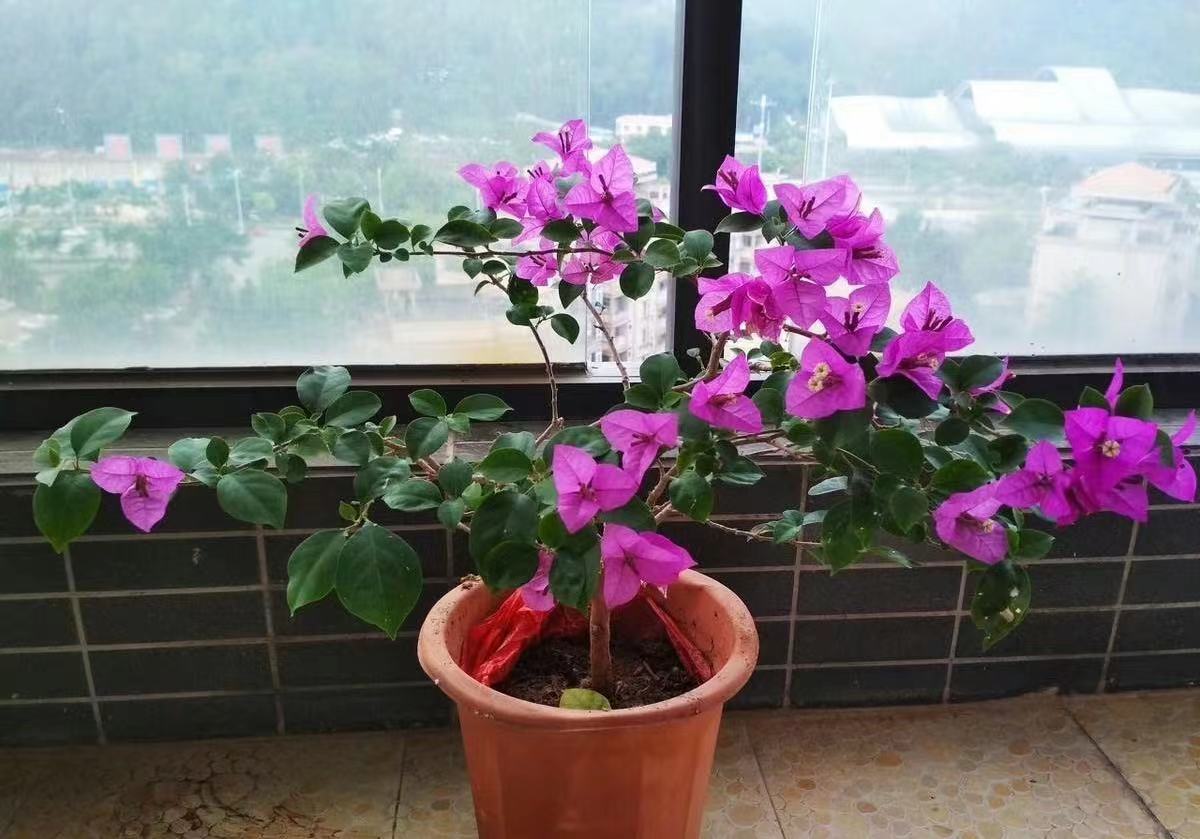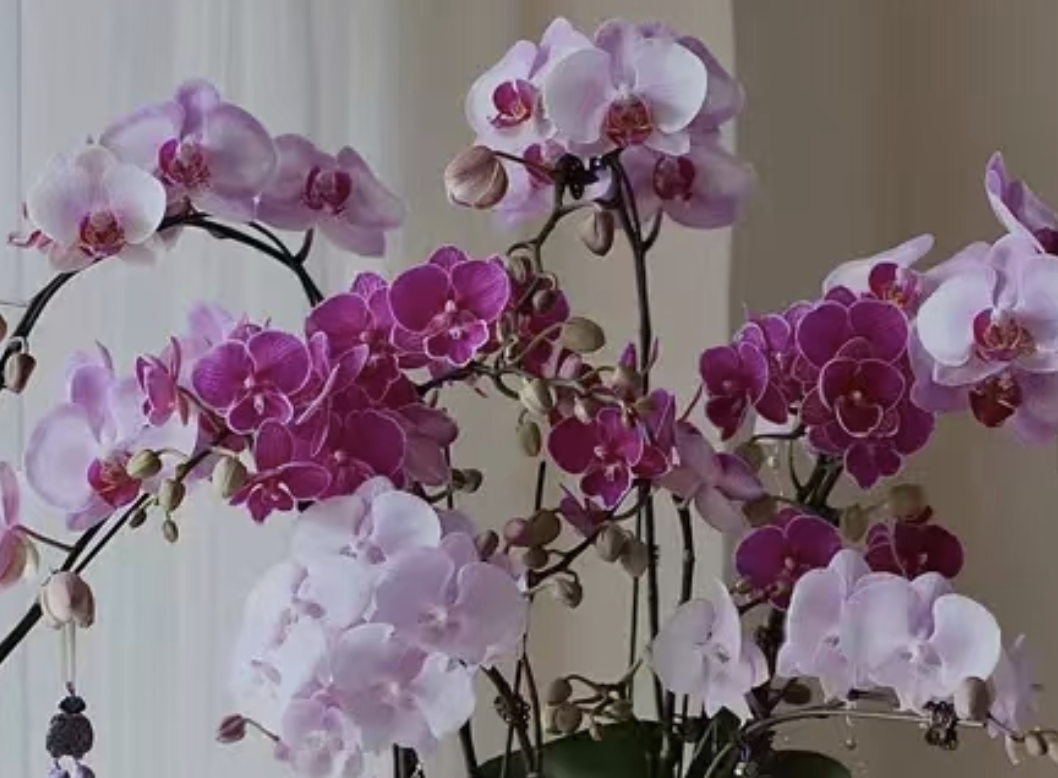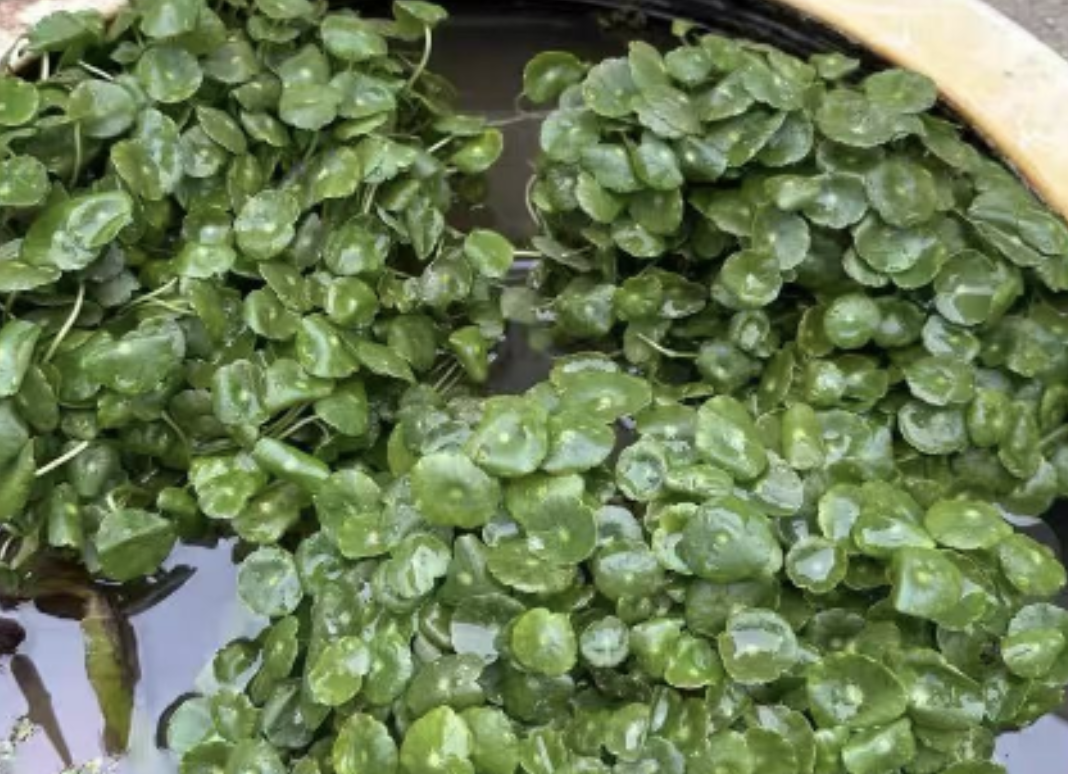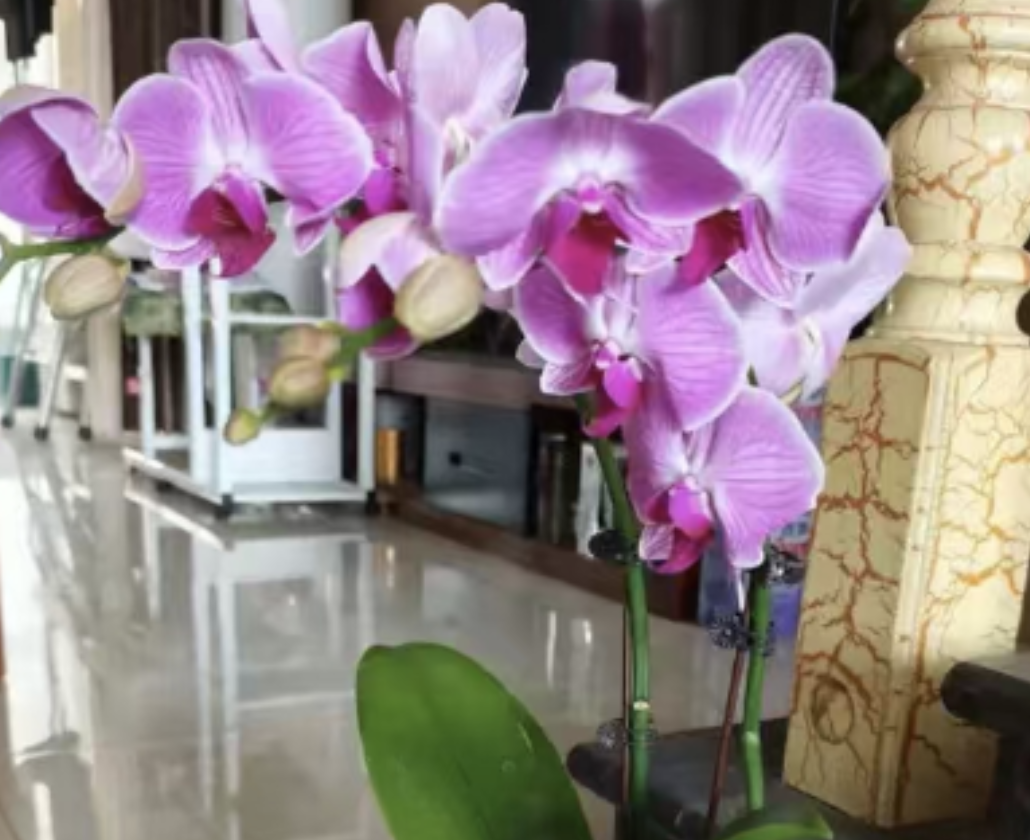In the process of flower maintenance, we usually know that it is not advisable to change pots for flowers when it is cold. Cold weather will have many adverse effects on the growth of flowers. Changing pots may cause flowers to have difficulty adapting to the new environment and even lead to situations such as growth stagnation and withering. However, in some special cases, even if it is cold, the pot must be changed in time.
Severely damaged roots
When the roots of flowers are severely damaged, such as root rot caused by excessive watering or root damage caused by pests and diseases, if not dealt with by changing pots in time, the damaged roots will further deteriorate and affect the health of the entire plant. At this time, even if it is cold, you should resolutely change the pot. Carefully take the flower out of the original pot, remove the damaged roots, and replant it with sterilized culture soil to provide a new growth environment for the flower.
Severely compacted soil
If the soil in which flowers grow is severely compacted, it will hinder the absorption of water and nutrients and lead to poor growth of flowers. In cold weather, although it is generally not recommended to change pots, in the face of the special situation of severely compacted soil, action must be taken. When changing pots, choose loose, breathable and fertile soil, which will help flowers still maintain a certain growth vitality in cold seasons.
Broken or too small flower pots
A broken flower pot may expose the roots of flowers to the cold air and is also not conducive to water retention. A flower pot that is too small will limit the growth space of flower roots and affect their normal development. In these two cases, even if it is cold, it is necessary to replace it with a suitable flower pot in time to provide a safe and comfortable growth container for flowers.
It is usually not advisable to change pots for flowers when it is cold. However, when encountering three special situations such as severely damaged roots, severely compacted soil, and broken or too small flower pots, decisive measures must be taken to change pots to ensure the healthy growth of flowers. During the pot-changing process, operate carefully to minimize damage to flowers and provide them with a suitable growth environment to help flowers through the cold season.
The maintenance time of flowers after potting varies depending on flower species, growth status and environmental conditions. Generally speaking, small flowers may take about 1 to 2 weeks to adapt to the new environment; medium-sized flowers may take 2 to 3 weeks; and large flowers may take 3 weeks to 1 month or even longer.
If the damage to the flower roots is small during the potting process and the environmental conditions are suitable, such as moderate temperature, appropriate humidity, and good lighting, the time for flowers to adapt to the new environment may be shortened. On the contrary, if the root damage is large and the environmental conditions are poor, the adaptation time will be extended.
During the maintenance period, closely observe the state of flowers, such as whether the leaves are upright, whether the color is normal, and whether there are new growth signs. When flowers begin to have new growth, such as growing new leaves, new buds, or blooming flowers, it means that the flowers have adapted to the new environment well.
In case of three special situations, the pot must be changed in time.

Share with
Tagged in :




Leave a Reply